Electric Truck News
Five points you should know when buying a new energy vehicle
Posted on by Electric Trucks
In today’s rapidly evolving automotive market, new energy vehicles have emerged as a significant option for many consumers. However, before making the decision to purchase a new energy vehicle, there are several important points to consider. Let’s explore these five key aspects that can help you make an informed choice.
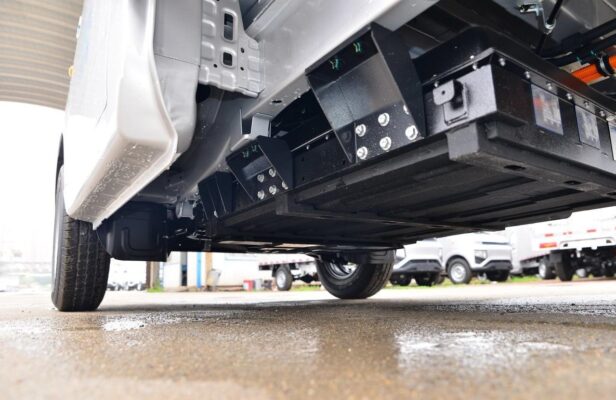
Car charging
First and foremost, power loss is a crucial concern. Currently, no electric vehicle manufacturer can claim that their vehicles do not experience power loss. In particular, many of the lithium iron phosphate batteries widely promoted in China have certain characteristics. While they offer excellent high-temperature resistance and stability, there is often a lack of transparency regarding the extent of power loss, especially in low-temperature conditions.
As batteries age, the power loss becomes more apparent. After two to three years of use, owners often notice a significant reduction in battery capacity and performance. For example, in cold weather, the battery’s ability to hold a charge and deliver power can be severely compromised. The range of the vehicle may be greatly reduced, and charging times may increase.
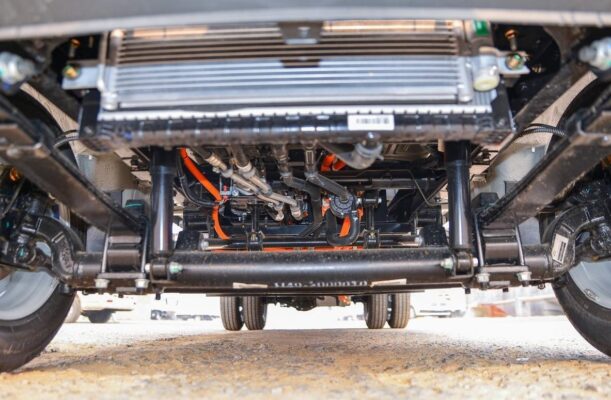
This power loss issue can have a significant impact on the daily usability of the vehicle. Imagine planning a long trip during the winter months. You may start with a fully charged vehicle, but as the temperature drops, you find that the range is much shorter than expected. This can lead to anxiety about running out of power and having to find a charging station quickly. It may also require more frequent charging stops, adding to the travel time and inconvenience.
Moreover, different driving conditions and habits can also affect power loss. Frequent fast charging, extreme driving speeds, and heavy loads can all accelerate battery degradation and power loss. Understanding these factors is essential when considering a new energy vehicle purchase.
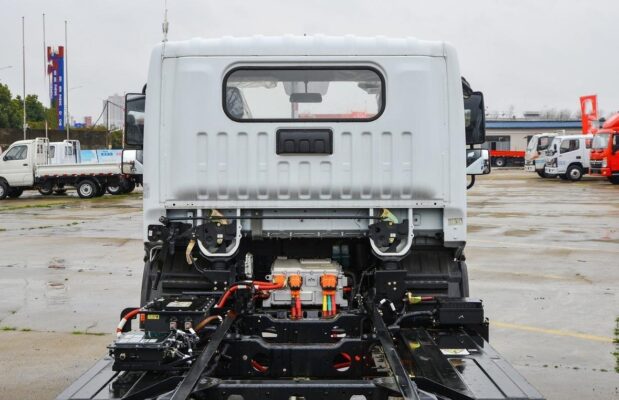
Car charging piles
Second, the concept of lifetime warranty can be somewhat misleading. While it may sound reassuring at first, it’s important to understand exactly what is covered. In many cases, warranty simply means that if a component fails, it will be repaired. But what about power loss? This is a more complex issue.
Power loss is often a gradual process that may not be considered a “failure” in the traditional sense. Unless the power loss reaches a certain threshold defined by the manufacturer, it is unlikely that a replacement will be offered. For example, if your vehicle experiences a slight reduction in range over time, it may not be covered under the warranty.
This can be a significant disappointment for consumers who expect more comprehensive protection. It’s important to carefully read and understand the warranty terms and conditions before purchasing a new energy vehicle. Know exactly what is covered and what is not, and consider the potential long-term costs associated with power loss and battery degradation.
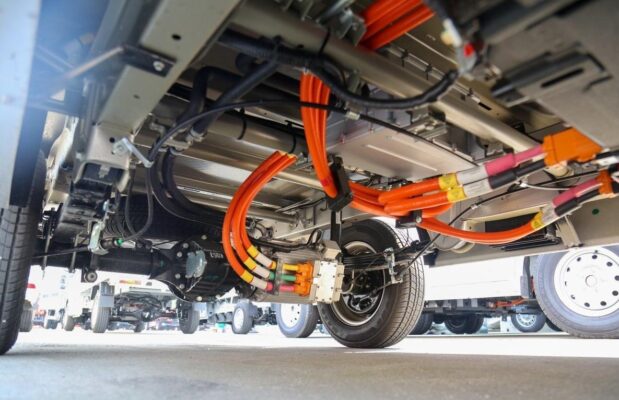
Cruising range and practicality
Third, the advertised cruising range of new energy vehicles can be deceiving. Manufacturers often tout impressive numbers, such as 400 to 600 kilometers. However, in reality, achieving these ranges under ideal conditions is already a challenge. And when you factor in real-world driving with power loss, varying weather conditions, and the use of accessories like air conditioning, the actual range can be much lower.
In many cases, even without power loss, it’s difficult to reach the advertised range. उदाहरण के लिए, driving at high speeds, on hilly terrain, or in heavy traffic can all reduce the vehicle’s range. And if you turn on the air conditioning, which is essential in many climates, the range can be further reduced.
This can have a significant impact on your daily driving experience. If you rely on the advertised range to plan your trips, you may find yourself running out of power unexpectedly. This can be particularly inconvenient if there are no charging stations nearby. It’s important to have a realistic understanding of the vehicle’s actual range and plan your trips accordingly.
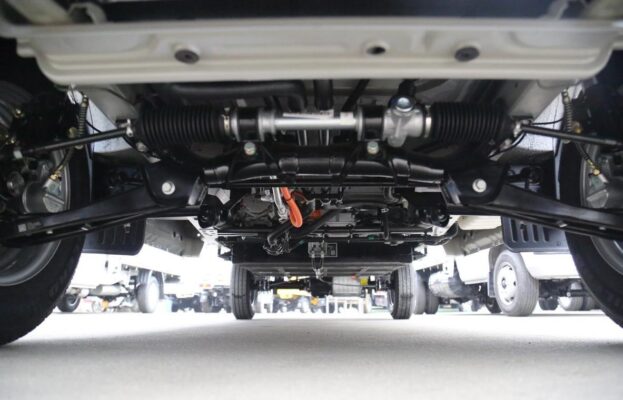
Used car market
Fourth, the used car market for new energy vehicles is currently in a relatively uncertain state. This may not be a top consideration for everyone when purchasing a new vehicle, but it’s still important to be aware of.
As of now, the demand for used new energy vehicles is relatively low compared to traditional fuel vehicles. There are several reasons for this. Firstly, concerns about battery life and power loss make potential buyers hesitant. They may worry about the remaining lifespan of the battery and the potential cost of replacement.
Secondly, the rapid evolution of new energy vehicle technology can make older models seem less attractive. Newer models may offer longer ranges, faster charging times, and improved features, making older ones less desirable.
For example, if you decide to sell your new energy vehicle after a few years, you may find that it is difficult to get a good price or that there are limited buyers interested. This can have a significant impact on the overall cost of ownership and should be considered when making a purchase decision.

Charging time
Fifth, charging time can also be a crucial factor. While manufacturers may claim that a vehicle can charge to 90% of its capacity in 40 minutes, it’s important to understand the details. In reality, this often refers to the charging time between 40% and 90% of the battery’s capacity.
This means that if your battery is completely depleted, it will take much longer to reach a usable charge level. And even within the stated charging time range, there may be variations depending on factors such as the type of charging station, the ambient temperature, and the condition of the battery.
For example, if you are on a long trip and need to charge your vehicle quickly, you may be disappointed to find that the actual charging time is much longer than expected. This can lead to delays and inconvenience, especially if you are in a hurry.

In conclusion, while new energy vehicles offer many advantages, such as environmental friendliness and lower operating costs, there are also several important considerations to keep in mind. Power loss, warranty limitations, cruising range, used car market conditions, and charging time can all have a significant impact on your ownership experience.
It’s important to thoroughly research and understand these factors before making a purchase decision. Consider your driving needs, lifestyle, and budget to determine if a new energy vehicle is the right choice for you. If you can accept the potential drawbacks and are truly passionate about the benefits of new energy vehicles, then they can be a great option. However, if you frequently need to travel long distances and have limited budget constraints, traditional fuel vehicles may still be a more practical choice.